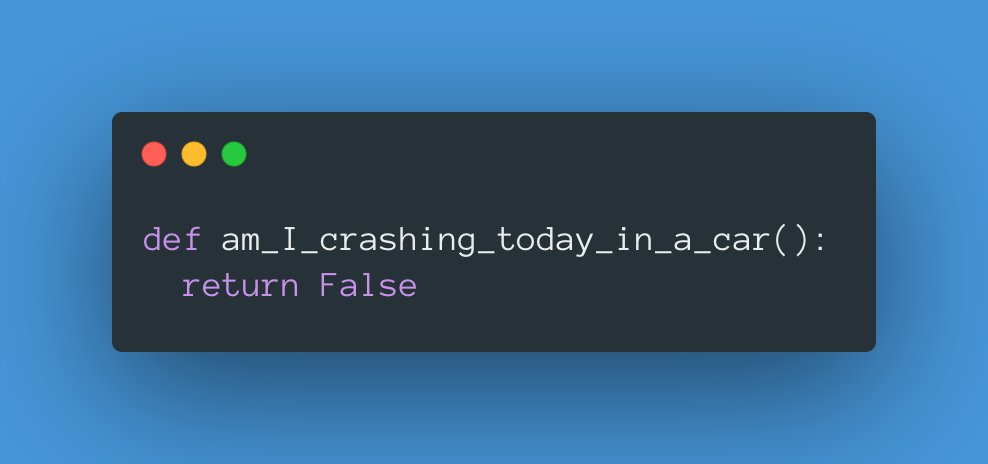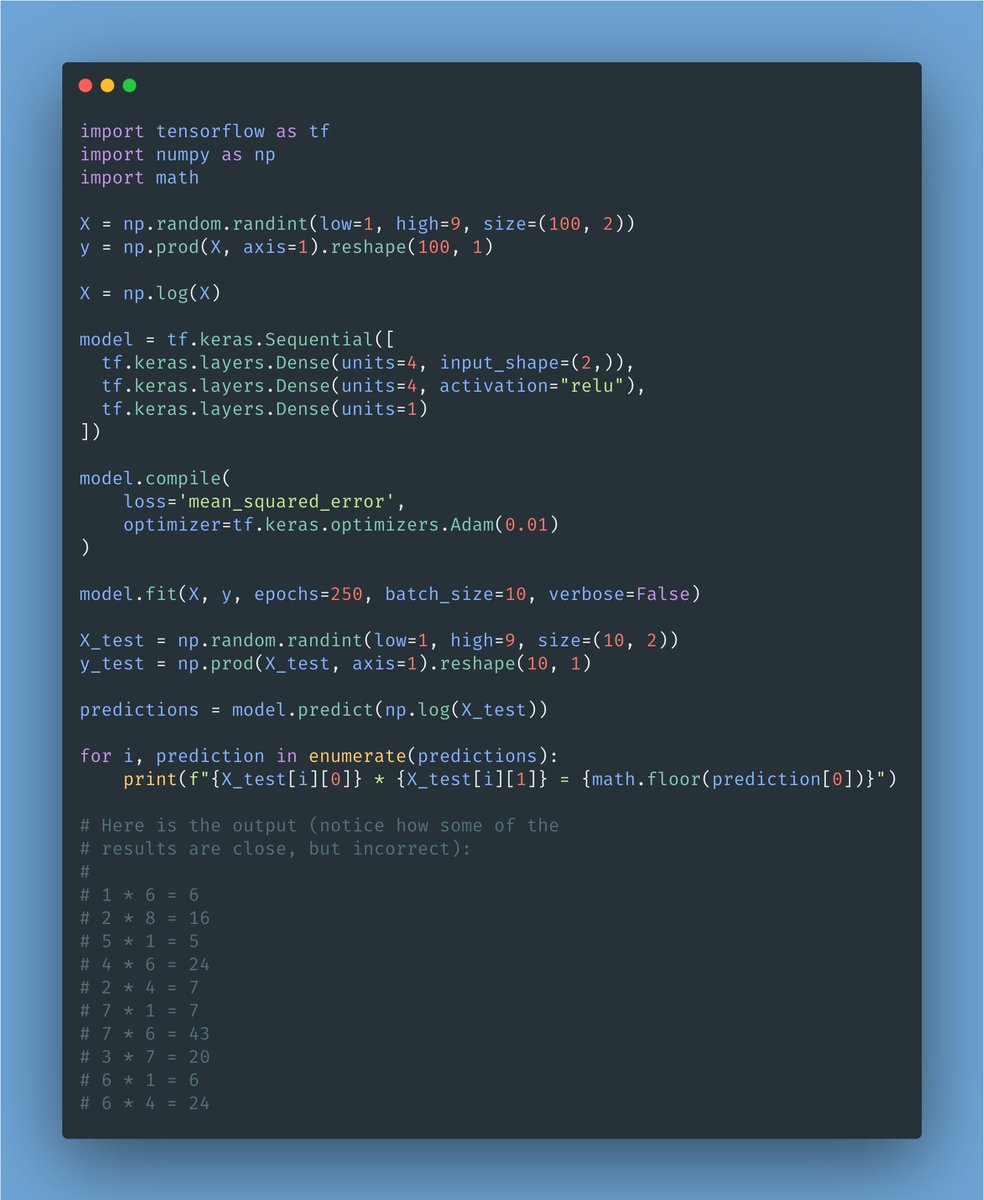
For the past few months, I've been trying to improve the quality of the content I publish.
There are a couple of ways I'm measuring this:
▫️ Efficiency
▫️ Engagement
Efficiency is about how many impressions and followers I get for every tweet I post.
👇
There are a couple of ways I'm measuring this:
▫️ Efficiency
▫️ Engagement
Efficiency is about how many impressions and followers I get for every tweet I post.
👇

I've gone from posting 3,126 tweets back in August down to 949 tweets last month.
I've cut a lot of the noise!
During the same period, I've doubled my impressions (up to 14.4M last month,) and I'm now converting 5.38 followers for every tweet (up from 2.52.)
👇
I've cut a lot of the noise!
During the same period, I've doubled my impressions (up to 14.4M last month,) and I'm now converting 5.38 followers for every tweet (up from 2.52.)
👇
The second way I'm watching the quality of the content I'm posting is through the engagement rate.
This has gone down quite a bit since August (almost cut in half!)
As impressions increase, the more pressure I have to put engaging content out there.
👇
This has gone down quite a bit since August (almost cut in half!)
As impressions increase, the more pressure I have to put engaging content out there.
👇

As impressions continue to rise, I'm not sure whether it is realistic to expect the engaging rate to stay the same.
If I continue to see the rate falling in the coming months, I'll stop watching it —I might be fighting an impossible battle.
👇
If I continue to see the rate falling in the coming months, I'll stop watching it —I might be fighting an impossible battle.
👇
Bottom line: I'm thrilled with the results. I had a goal of 13M impressions in January and 5,000 new followers. I accomplished both of those.
For February —a shorter month—, I'm looking for 14.5M impressions and another 5,000 followers. (Both seem like a stretch right now.)
👇
For February —a shorter month—, I'm looking for 14.5M impressions and another 5,000 followers. (Both seem like a stretch right now.)
👇
If you care about the specific numbers, I publish them on this spreadsheet that you can copy and use.
docs.google.com/spreadsheets/d…
docs.google.com/spreadsheets/d…
You can find the Engagement Rate directly on Twitter's Analytics page (under the Tweets option.)
https://twitter.com/BOctopian/status/1356742735848374272?s=20
• • •
Missing some Tweet in this thread? You can try to
force a refresh







